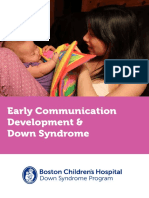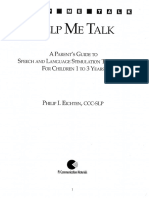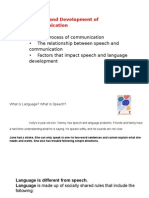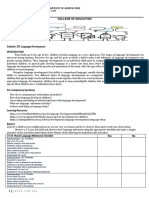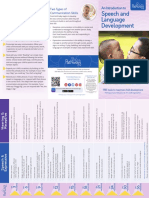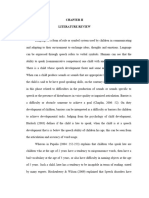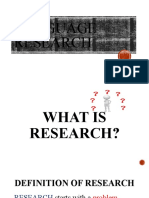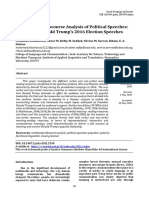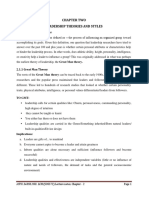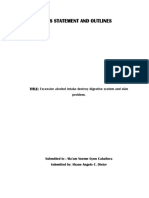0% found this document useful (0 votes)
15 views24 pagesSpeech 2
The document discusses managing speech and language issues in children at home. It covers normal speech and language milestones, causes of delays, strategies to develop receptive and expressive language skills, and oral motor exercises and activities.
Uploaded by
linta khanCopyright
© © All Rights Reserved
We take content rights seriously. If you suspect this is your content, claim it here.
Available Formats
Download as PDF, TXT or read online on Scribd
0% found this document useful (0 votes)
15 views24 pagesSpeech 2
The document discusses managing speech and language issues in children at home. It covers normal speech and language milestones, causes of delays, strategies to develop receptive and expressive language skills, and oral motor exercises and activities.
Uploaded by
linta khanCopyright
© © All Rights Reserved
We take content rights seriously. If you suspect this is your content, claim it here.
Available Formats
Download as PDF, TXT or read online on Scribd
/ 24





